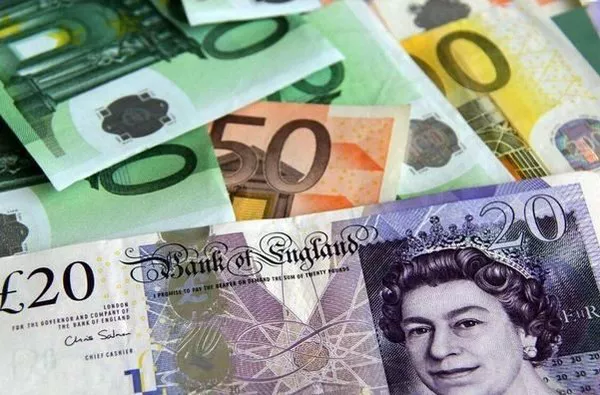In the ever-evolving landscape of global finance, understanding the strength of a currency is crucial for investors, businesses, and policymakers alike. The British Pound, one of the oldest and most widely traded currencies, is no exception. Discerning whether the Pound is strong or weak involves a nuanced analysis of various economic indicators, geopolitical events, and market sentiment. In this article, we will explore the key factors that influence the strength of the Pound and how investors can navigate this complex landscape.
Economic Indicators:
A fundamental aspect of gauging the strength of the British Pound lies in analyzing economic indicators. These indicators provide insights into the health and performance of the UK economy. Key indicators include:
a. Gross Domestic Product (GDP): GDP is a comprehensive measure of a country’s economic activity. A growing GDP suggests a healthy economy, potentially strengthening the Pound. Conversely, a shrinking GDP may signal economic challenges, leading to Pound depreciation.
b. Employment Data: Employment figures, such as unemployment rates and job creation statistics, offer a snapshot of the labor market. Low unemployment and strong job growth are generally positive for a currency.
c. Inflation Rates: Central banks closely monitor inflation rates, aiming for a stable and moderate increase in prices. Excessive inflation erodes purchasing power and can weaken a currency, while deflation poses its own set of challenges.
d. Trade Balance: The balance of trade reflects the difference between a country’s exports and imports. A trade surplus (more exports than imports) can contribute to a stronger currency, as foreign demand for goods and services increases demand for the domestic currency.
Central Bank Policies:
The Bank of England (BoE) plays a pivotal role in influencing the strength of the Pound through its monetary policies. Key factors to consider include:
a. Interest Rates: Central banks, including the BoE, use interest rates as a tool to control inflation and stimulate or cool economic activity. Higher interest rates may attract foreign capital seeking better returns, leading to a stronger Pound.
b. Monetary Policy Statements: The BoE’s statements and policy decisions are closely scrutinized by investors. Hawkish statements, indicating a willingness to tighten monetary policy, can be perceived as positive for the Pound.
c. Quantitative Easing (QE): Central banks may implement QE to inject money into the economy. While QE can stimulate economic growth, excessive measures may lead to currency depreciation.
Political Stability and Geopolitical Events:
Political stability is a cornerstone of a strong currency. Investors and traders closely monitor geopolitical events that may impact the political landscape. Factors such as elections, policy changes, and international relations can influence market sentiment and the Pound’s strength.
a. Brexit Developments: Since the 2016 Brexit referendum, the Pound has been particularly sensitive to developments surrounding the UK’s relationship with the European Union. Progress or setbacks in negotiations can have profound effects on the Pound’s value.
b. Political Leadership: The stability and competence of political leadership can impact investor confidence. A strong and capable government is generally perceived as positive for the currency.
Market Sentiment:
Investor sentiment plays a crucial role in currency markets. Traders often rely on technical analysis and market trends to anticipate future currency movements. Sentiment indicators, such as the Commitments of Traders (COT) report, provide insights into market positioning and can signal potential shifts in currency strength.
a. Speculative Positioning: Monitoring the positions of speculative traders in the futures market can offer clues about market sentiment. A large number of short positions may indicate a bearish outlook for the Pound, while long positions suggest optimism.
b. Technical Analysis: Chart patterns, trendlines, and other technical indicators help traders identify potential entry and exit points. Technical analysis is a valuable tool for understanding market sentiment and potential price movements.
See Also How do I find the value of my UK coins?
Conclusion:
Assessing the strength of the British Pound is a multifaceted process that involves considering economic indicators, central bank policies, geopolitical events, and market sentiment. Investors and businesses must adopt a holistic approach, staying informed about global economic developments and adapting their strategies accordingly. By leveraging a combination of fundamental and technical analysis, market participants can navigate the dynamic landscape of currency markets and make informed decisions based on the ever-changing strength of the Pound.


